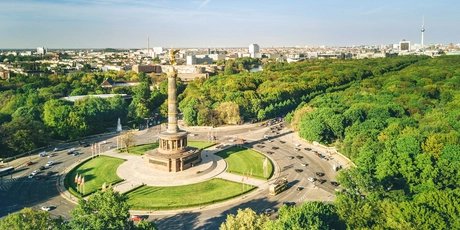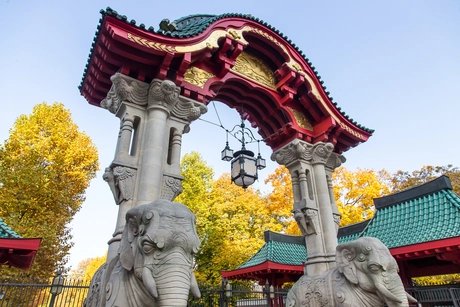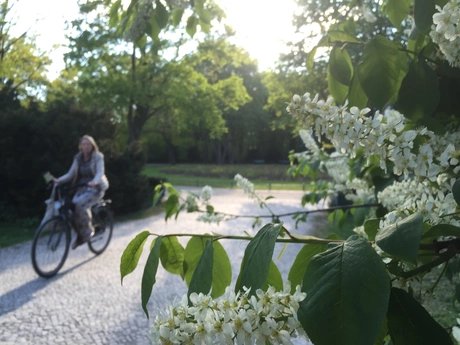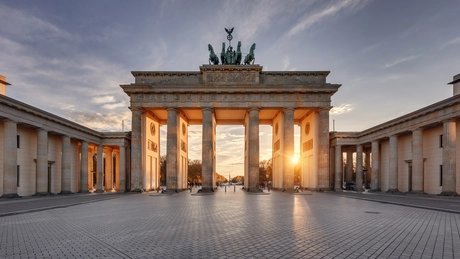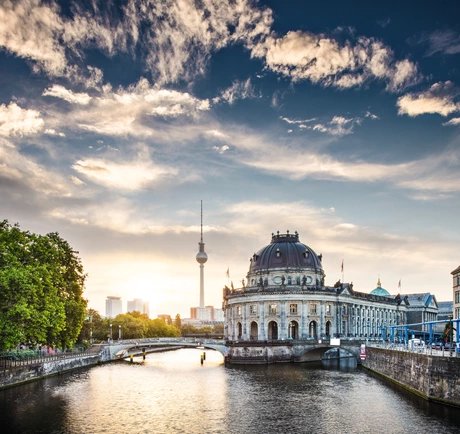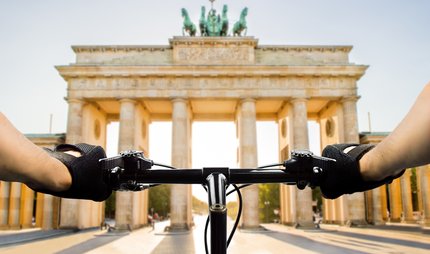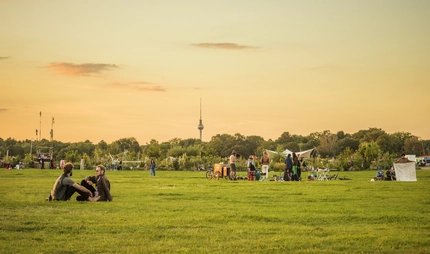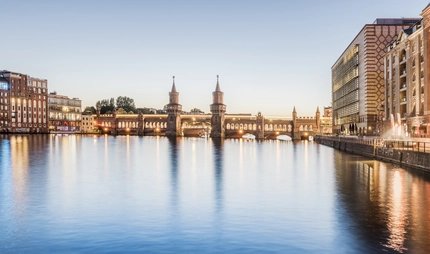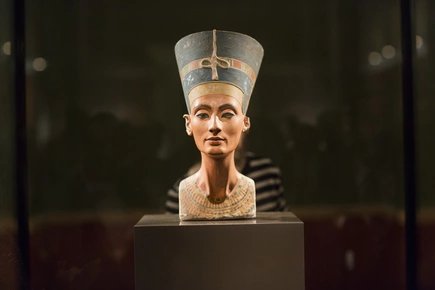
City centre in one tour
On this route you will encounter the most beautiful and memorable sights in the centre of Berlin. The pure driving time of this route is one and a half hours. Be sure to plan time for breaks, because there is a lot to discover.
Whether it's world-class museums, beautiful city panoramas or relaxing in Berlin's second largest park, it's all here. The bike tour starts and ends near the Zoologischer Garten S-Bahn and U-Bahn station, where numerous regional trains also stop.
Tour map
Tour Highlights
Right at the beginning of the tour you will see the Kaiser Wilhelm Memorial Church. The church on Breitscheidplatz is a world-famous memorial to the Second World War. Shortly afterwards you will pass the Berlin Zoo. The world's most diverse zoo is home to 1,600 different species. After a few minutes you reach the Tiergarten, the popular local recreation area is Berlin's "green lung" and the largest park after Tempelhofer Feld. In the middle of the Tiergarten is the Großer Stern, you drive directly towards the Victory Column. At the busy intersection is the monument with the golden statue, affectionately known as the "Goldelse".
Along the Spree you will reach the government district with the Platz der Republik, the Reichstag building and the Federal Chancellery. Of course, the Brandenburg Gate is a must on a tour of the city centre. Not far away you will come across the Memorial to the Murdered Jews of Europe. The 2711 concrete steles are a deeply moving reminder of the Holocaust.
After a detour along Friedrichstraße and Oranienburger Straße, you will reach the Museum Island. The historic ensemble is a UNESCO World Heritage Site. Before returning to Potsdamer Platz via Gendarmenmarkt, you will visit the TV Tower. Right next to it is the Red City Hall, the official residence of the Berlin Senate and the governing mayor.
Insider Tips
- Elephant Gate: Look out for the Elephant Gate when cycling past Berlin Zoo. The pretty detail is worth a stop.
- Monbijou Bridge: The Monbijou Bridge on Museum Island is a particularly beautiful photo spot where you can snap the UNESCO World Heritage Site, the Spree and the TV Tower at the same time.
- Attention trams: On Alexanderplatz, watch out for the trams running regularly across the square and under the S-Bahn bridge.
- Centre at Potsdamer Platz (formerly Sony Center): Look out for the centre at Potsdamer Platz from afar. The tent roof construction is reminiscent of Mount Fujiyama in Japan.
